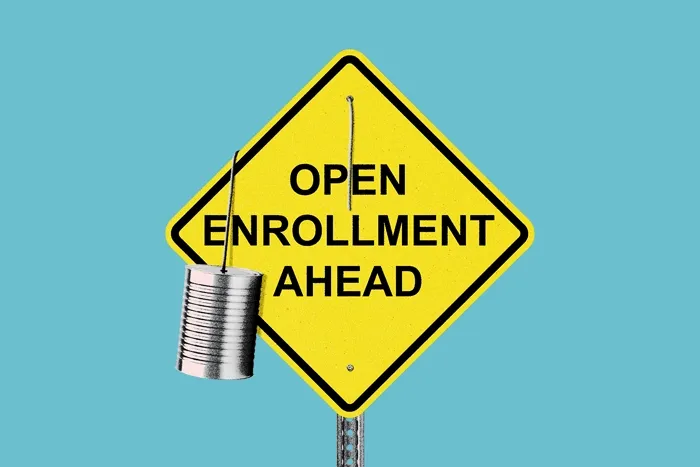As open enrollment shifts into high gear, new data could provide a much-needed reality check for HR executives: There’s a significant gap between what employers and workers think about their benefits.
Some 68% of US employers believe their benefit communications are effective, an opinion only shared by 38% of workers, an October Prudential study found. And while 75% of employers don’t see value in the tools supplied by insurance brokers and carriers to help individuals select plans, nearly 70% of workers want the personalized advice those programs can provide. The report also said that 66% of employers think their employees are satisfied with their benefits, but only 51% of workers agree.
HR and benefits executives aren’t likely to be trained marketers—this may be contributing to the disconnect.
“I think that a lot of organizations have not caught up to the fact that employees are expecting something that is not HR speak,” said Casey Hauch, a managing director at global professional services company WTW. She said that often companies are more concerned with giving employees every detail about the plan than ensuring they are presenting it in a digestible, easy-to-understand way. “You’re marketing a product to your employees. You have to treat it that way and you have to communicate it that way,” Hauch said.
Of course, it’s too late to change benefit offerings, but there’s still time to adjust communication plans—and think about improving the process for next year.
Melissa Foster, head of enrollment at Prudential, told HR Brew the tools provided by insurers and brokers to help employees pick plans can be implemented fairly quickly. She said that there is a misperception among employers that their workforce won’t use the tools. But the research showed otherwise, and also found that almost 90% of employees were willing to provide some personal information to get a personalized recommendation—a statistic that Foster said surprised her.
Quick-to-read HR news & insights
From recruiting and retention to company culture and the latest in HR tech, HR Brew delivers up-to-date industry news and tips to help HR pros stay nimble in today’s fast-changing business environment.
“It helps [employees] feel more confident in their choice when they know the personalized recommendation is based on their own specific needs,” Foster said.
Foster said there are other ways brokers and insurers can help employers better communicate during this enrollment period. For example, she said that many have the ability to send emails to employees who haven’t selected a plan with alerts about the enrollment period and send links to relevant benefits information. Forster noted that even though companies have already sent employees the information, the emails provide fast access, which is important when the enrollment period is coming to a close.
A key to closing the gap between employers’ and workers’ perceptions about benefits next year is to begin thinking about choices and strategy in the first quarter, Foster said. For example, she said employers should look at what services employees are using now in comparison to previous years. She said the results may provide fodder for surveys to help determine what benefits employees value. Indeed, Foster said that asking employees what kind of benefits they want and how they wish to receive information can help create packages that workers value.
It’s also critical that employers don’t wait until the last minute to begin discussions about benefits. Hauch said that it’s important that it is easy for employees to find information on their benefits and that it is presented clearly. “You want to be engaging people and educating people about your benefits all year round,” said Hauch.











